It has been a decade since the Ford Focus last claimed the title of Britain’s best-selling car - and the new fourth-generation model has every chance of repeating the accolade.
To see what it has to compete with, we've assembled quite the welcoming committe for the new arrival: eight hatchbacks from well-known volume brands we believe could give it some serious competition. Our task: to discover which is 2018’s best new family hatch, when gathered around a common £22,000 price point, and propelled by similarly powerful petrol engines.
Yesterday we narrowed the field from nine to four, seeing the Peugeot 308, Vauxhall Astra, Seat Leon, Kia Ceed, Honda Civic all fail to make the final face-off.
On to the sharp end of this exercise, then – to be contended by a couple of cars whose progression to this stage regular readers will have probably seen coming several miles off, but also a couple of cars whose presence might just surprise you.
Another surprise, at least as far as this tester is concerned, is that the Kia Ceed isn’t among them. When we road-tested the Kia just a few weeks ago, it felt like a car that had taken several big steps up and might hold its own in competition with the hatchback segment’s elite. But group-testing new cars will always confound you and challenge your preconceptions. And when it came to the crunch, the best of this bunch were just too good for the Kia – and not just for the Kia, it should be noted.
 If you’re expecting this to descend into a couple of discrete twin tests rolled into one, don’t be so sure: the new Ford Focus, Mazda 3, Volkswagen Golf and Skoda Octavia aren’t so easily separated. Theseare cars which, over a day’s driving, gradually assemble an ownership case that’s quite different from each of the other’s, and one strong enough that it could easily make it the right buy for any Autocar reader.
If you’re expecting this to descend into a couple of discrete twin tests rolled into one, don’t be so sure: the new Ford Focus, Mazda 3, Volkswagen Golf and Skoda Octavia aren’t so easily separated. Theseare cars which, over a day’s driving, gradually assemble an ownership case that’s quite different from each of the other’s, and one strong enough that it could easily make it the right buy for any Autocar reader.
Given that we’ve already ruled out so many decent market contenders, there’s no room for anything but very good cars in this final showdown.
It would be broadly true, however, to observe that what we’ve got here, among a quartet of leading lights, is a sensible, practical, straight forward Skoda; a desirable, rounded, finely polished Volkswagen; a handsome, alternative, agile Mazda and, of course, the latest version of the best-handling family hatchback that Europe has ever known.
Three of the four cars will be well-known to you - and I won’t pretend otherwise simply to build some phone sense of suspense that might keep you more interested, for the next thousand-and-a-bit words, than you would otherwise be. The questions we should turn our attention towards now, it seems to me, are as follows. First, does the new Focus still offer the most driver appeal in its class even on its most ordinary suspension configuration?
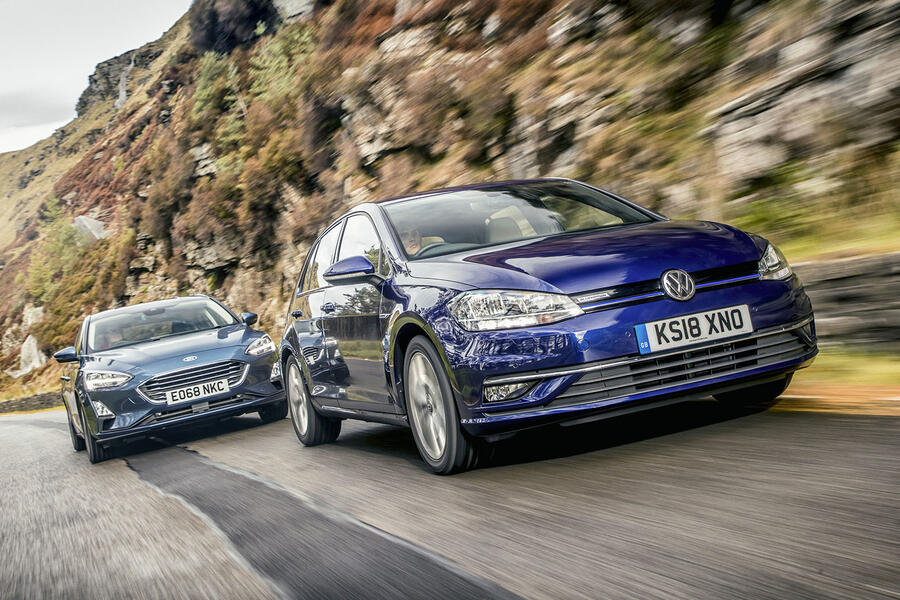
The answer to that is not to be taken for granted, with our Titanium X-trim test car not only doing without the lowered sport-tuned suspension of ST-Line versions, but also without the independent rear suspension and adaptive dampers that more expensive Focuses now have. And second, is it good enough in every other way that matters to seal the deal: to succeed where in last-generation from it failed, and supplant Europe’s bigger-selling VW Golf at the top of our class rankings as an all-round package?
First things first, then. We could tie ourselves in knots discussing how much driver appeal actually matters in a humble, workaday family five-door. But whether you take the view that I like to think is typical of an Autocar reader (that it matters quite a lot) or you don’t, you would have to admit that it matters in a Ford Focus. Would this car have been so popular with a more ordinary driving experience? We’ll never know, but Ford clearly doesn’t think so – hence the money spent on every subsequent generation to guarantee the preservation of its key selling point – and I don’t think so either.
A succession of back-to-back ten-minute stints in each of our four cars is all you need to find out which of the Focus’s rivals is most likely to challenge it in this respect. And, while it has masses of rational appeal and enough completeness as a product to conclusively dump the Honda Civic firmly out of this top-four contest, the Skoda Octavia isn’t much of a challenger on dynamism. Even with more power and torque than anything else in this showdown, it feels and drives like ‘Captain Sensible’ from bumper to bumper – now as much as it ever did.
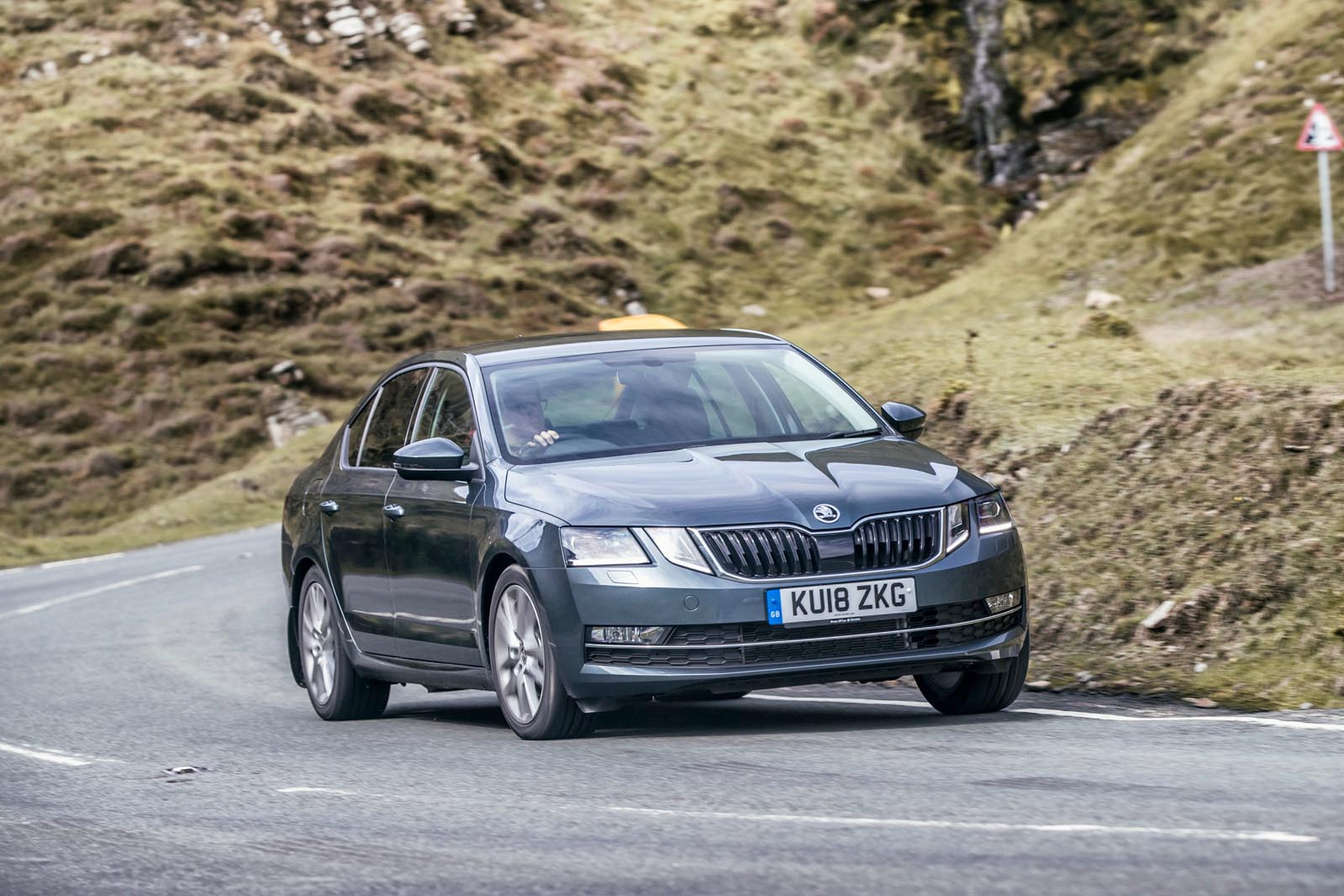
The softness of the Octavia’s handling responses is what you expect to naturally follow, with a turn of that medium-weighted and moderately paced steering wheel, having noted the fairly gentle lope of the car’s quiet and well-isolated ride. It makes sense: this is a family saloon masquerading as a hatchback, really. It reminds you of that suspiciously grown-up kid you remember in your class at school, whose 21st birthday party you later went to a year before everyone else’s.
The car handles precisely enough as to be entirely easy to place, and has the body control to tolerate a brisker pace over a challenging road without really struggling. It’s refined too – more so than any other car in this top four – so it’s featuring at the business end of this test for very good reasons. But if a dose of added poise and verve in your everyday motoring is what you’re after, it doesn’t offer much.
VW’s 1.5-litre, 128bhp Golf offers more – mostly by apparent virtue of its size. The Golf is notably softer-sprung than both the Mazda 3 and the Focus, being more comfortable than both at town speeds, but keeping better control of its mass than the Octavia when cornering at speed and dealing with bigger lumps and bumps. The Golf pulls off that genius trick of feeling absolutely right-sized: big enough to accommodate a smallish family in comfort and some shopping – but absolutely no bigger, so that it feels light and agile and manoeuvrable, as a compact family car should. Now, as ever, the Golf feels like the epicentre of the hatchback’s planetary system: the fixed point around which every other car has to move.
But not because it’s brilliant to drive. You wouldn’t have said that about our test car, which was a little bit soft and short on outright grip when driven more quickly and, though nicely damped at town speeds, came up short on vertical body control at times. The Golf’s engine, meanwhile, didn’t quite share the Octavia’s levels of mechanical refinement and isolation: noisier at high revs than the Skoda, it also revved with less enthusiasm. All in all, in this specification at least, the Golf probably wasn’t a car a keener driver might pick.
But the Mazda 3 certainly was.
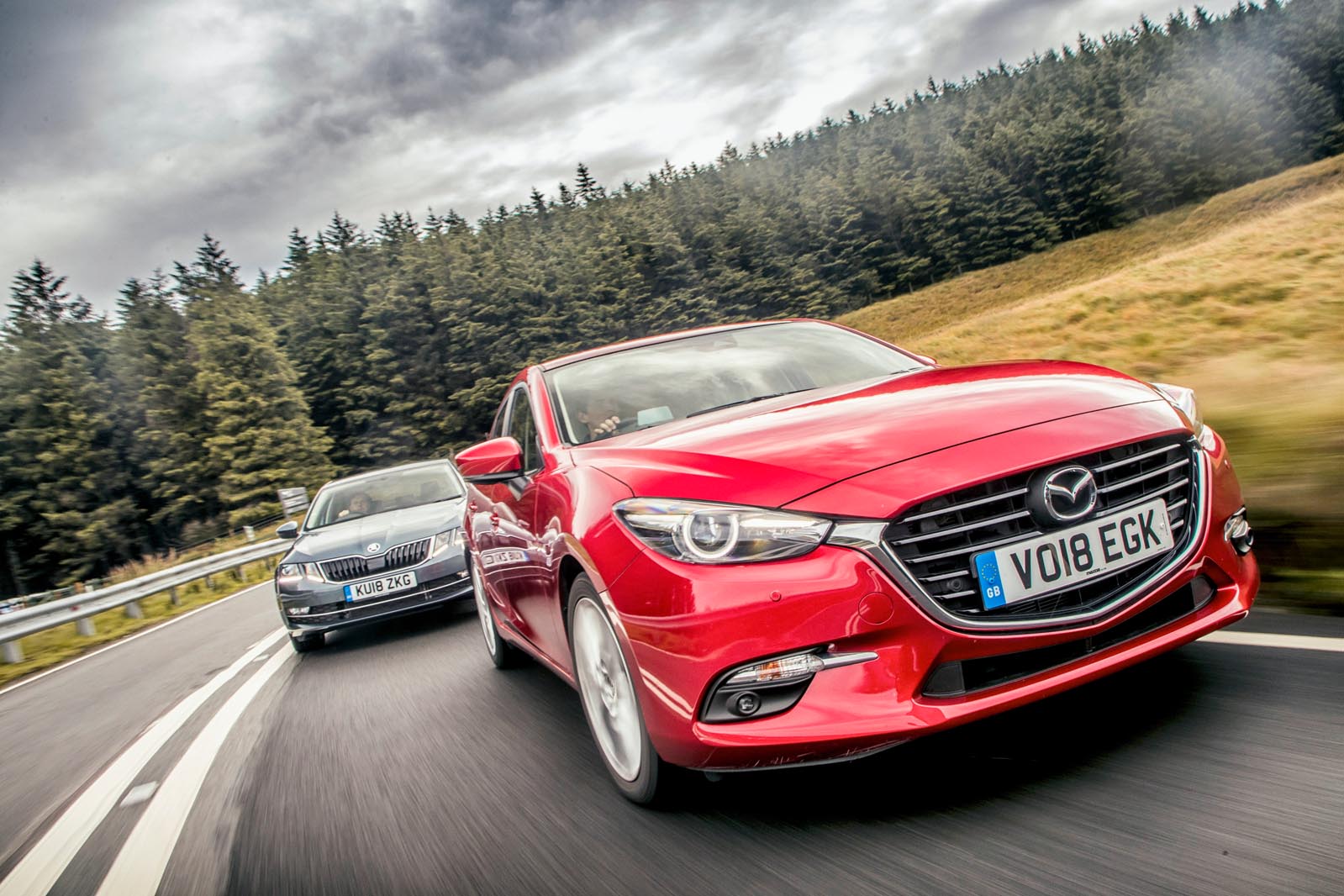
You couldn’t pick a tougher dynamic test for the Ford Focus than this naturally aspirated 2.0-litre Mazda, in fact – and, having spent a day trying, we should know. The car has pin-sharp throttle response, as well as beautifully weighted and feelsome controls; in both respects, it’s actually more than a match for the Ford. Meanwhile, a slightly busy-riding but honest-feeling, firmly sprung chassis gives the car plenty of cornering grip, flat body control, strong front-driven traction, and the ability to change direction sufficiently smartly and cleanly as to keep you fully interested in how it might tackle the next corner.
Does the Focus do all that? Does it have an answer to the Mazda’s every challenge? Not quite, but you wouldn’t argue that, through its own differing dynamic instruments, it provides an even more compelling driving experience; one that it’s as much a delight to find in an ordinary family hatchback today as it must have been 20 years ago, albeit perhaps less of a revelation.
You couldn’t anatomise the biggest lures of the Ford’s driving experience without giving equal billing to its superbly even-hauling and singularly willing 123bhp three-cylinder engine as to its balanced, incisive, absorbing handling. The Focus has always enjoyed one of these relative advantages over its peers, of course – but now it’s got both, and the relative appeal of both has been taken to even greater heights, I don’t know how anyone could deny the star quality of this car.
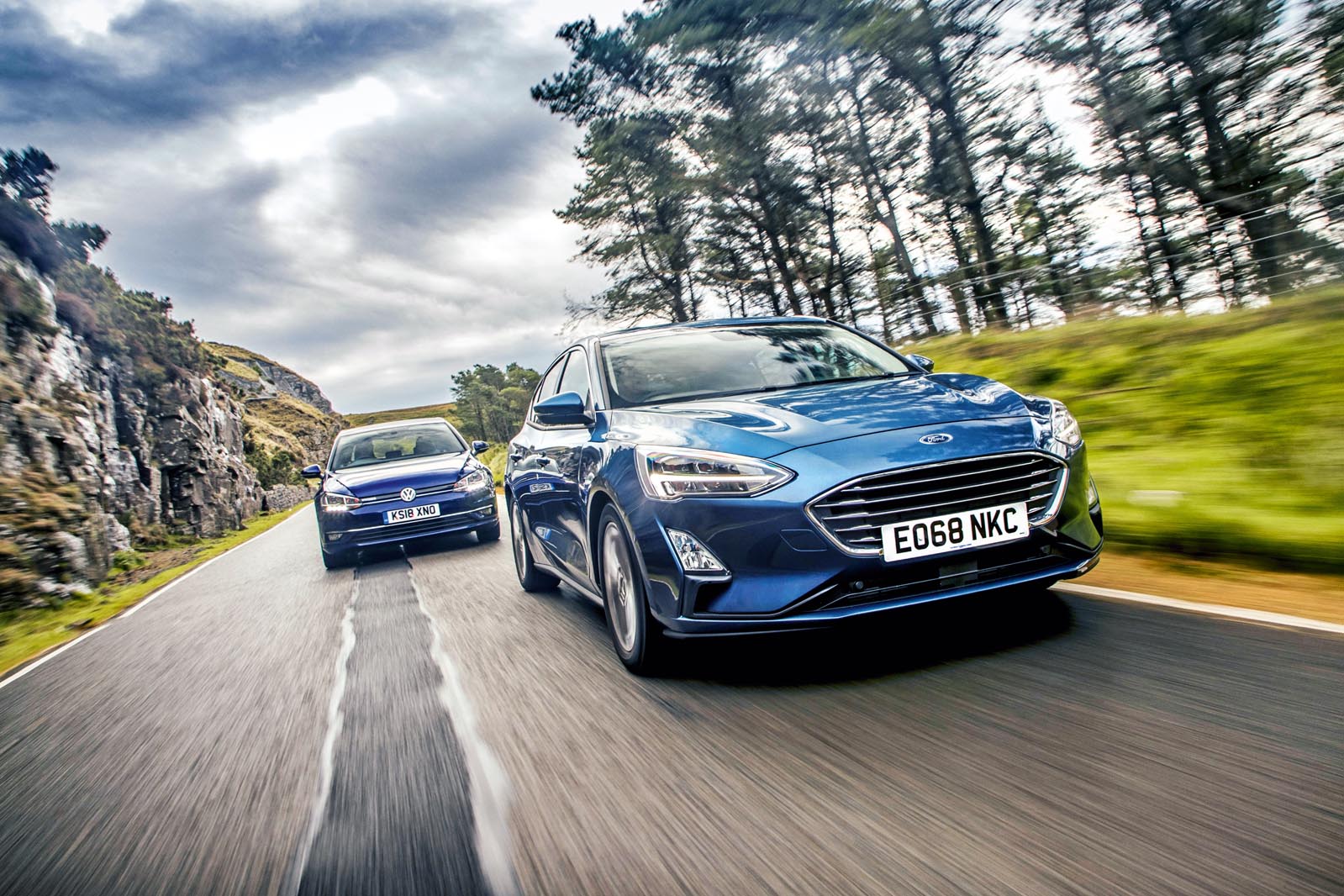 You might have reservations about the slightly elastic, compliant feel of the car’s new power steering; an awareness, perhaps, that for all its range and prickly enthusiasm, the car’s Ecoboost engine isn’t actually producing as much torque as it might be. But sample the keenness with which the Focus turns in; the tenacity with which it holds on mid-corner; the readiness it has to swing its hips into the action and swivel underneath you on a lifted throttle and the quite brilliant way in which it combines such eager responsiveness and close body control with supple overall bump absorption.
You might have reservations about the slightly elastic, compliant feel of the car’s new power steering; an awareness, perhaps, that for all its range and prickly enthusiasm, the car’s Ecoboost engine isn’t actually producing as much torque as it might be. But sample the keenness with which the Focus turns in; the tenacity with which it holds on mid-corner; the readiness it has to swing its hips into the action and swivel underneath you on a lifted throttle and the quite brilliant way in which it combines such eager responsiveness and close body control with supple overall bump absorption.
Now tell me you’re not convinced that the Focus is a cut above. And on this evidence, given that we’re dealing with a car in as ordinary a specification as it’s possible to get, quite possibly now by a wider margin than it’s had since 1998.
But is that enough? I could spend as long again as I just have on driving experiences detailing the difference between these four cars on cabin quality, boot space and relative passenger practicality – but in the end, all you need to know is that the answer’s yes. Leaving aside the Honda and Skoda, there isn’t a meaningfully more practical car in this whole exercise than the Ford. For cabin quality and apparent ambient classiness, meanwhile, the Focus has a slightly longer list of betters to acknowledge, among them the Golf, the Peugeot 308 and probably the Skoda Octavia as well; but none do enough to recover the ground they gave up as driving machines.
The Focus remains an entirely ordinary and fairly workaday car in which to spend time. Its cabin doesn’t hide its cheaper materials as cleverly as the Octavia or Kia Ceed, and its richer finishes are nowhere near as effective as those of the Golf. Its cabin is a bit monotone and plain; its fittings not creaky or wobbly like one or two in the Vauxhall Astra, but nothing to write home about either. But by being so ordinary in that sense, the Ford somehow only draws your attention elsewhere – to how it’s so special to drive.
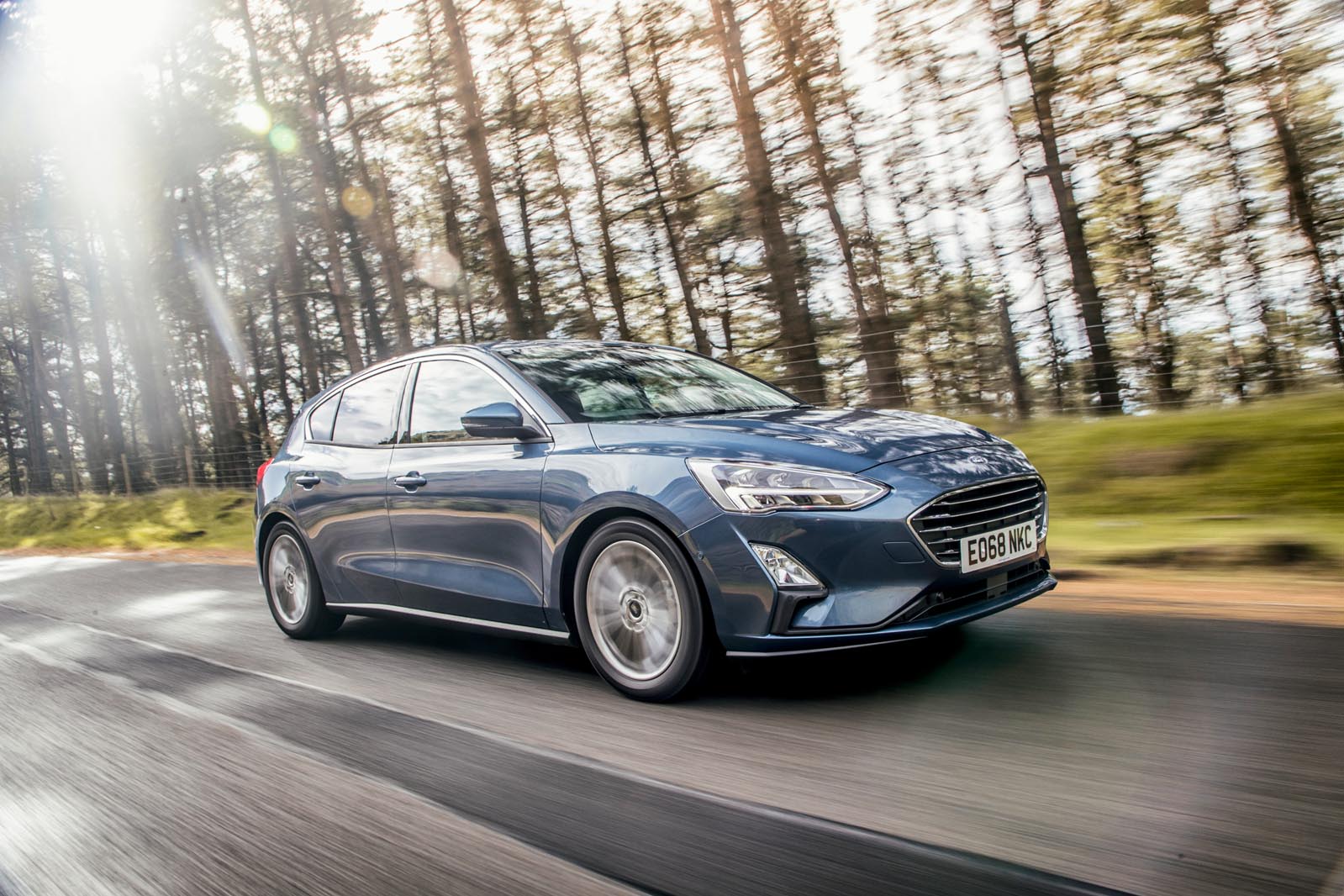 Twenty years ago, the original Focus won both enormous critical acclaim and continued UK market dominance for its maker by comprehensively out-handling its every rival; today, with the public’s collective attention on crossovers, while EVs and autonomous tech hogs the limelight, you wonder if the fourth-generation version will do either. It certainly deserves to, though, because the king is back, and in better fettle than ever.
Twenty years ago, the original Focus won both enormous critical acclaim and continued UK market dominance for its maker by comprehensively out-handling its every rival; today, with the public’s collective attention on crossovers, while EVs and autonomous tech hogs the limelight, you wonder if the fourth-generation version will do either. It certainly deserves to, though, because the king is back, and in better fettle than ever.
1st - Ford Focus 1.0T Ecoboost 125 Titanium X: Outstanding driver appeal and possibly even better versions still to test. Engine and chassis both brilliant
2nd - Volkswagen Golf 1.5 TSI 130 DSG SE Nav: Beats Focus on material class, desirability and tech, but soft handling and ordinary engine
3rd - Mazda 3 SkyActiv-G 120 Sport Nav: Better to drive, in some ways, than the Ford albeit at a greater cost to ride comfort
4th - Skoda Octavia 1.5 TSI 150 SE L: Too complete a product to ignore. Refined, cavernous, well-built and decent to drive
Read more
Best hot hatches: Autocar's top five go head to head
New 2018 Ford Focus unveiled as brands 'most advanced' model in Europe
Gallery: The 31 finest hot hatchbacks of all time


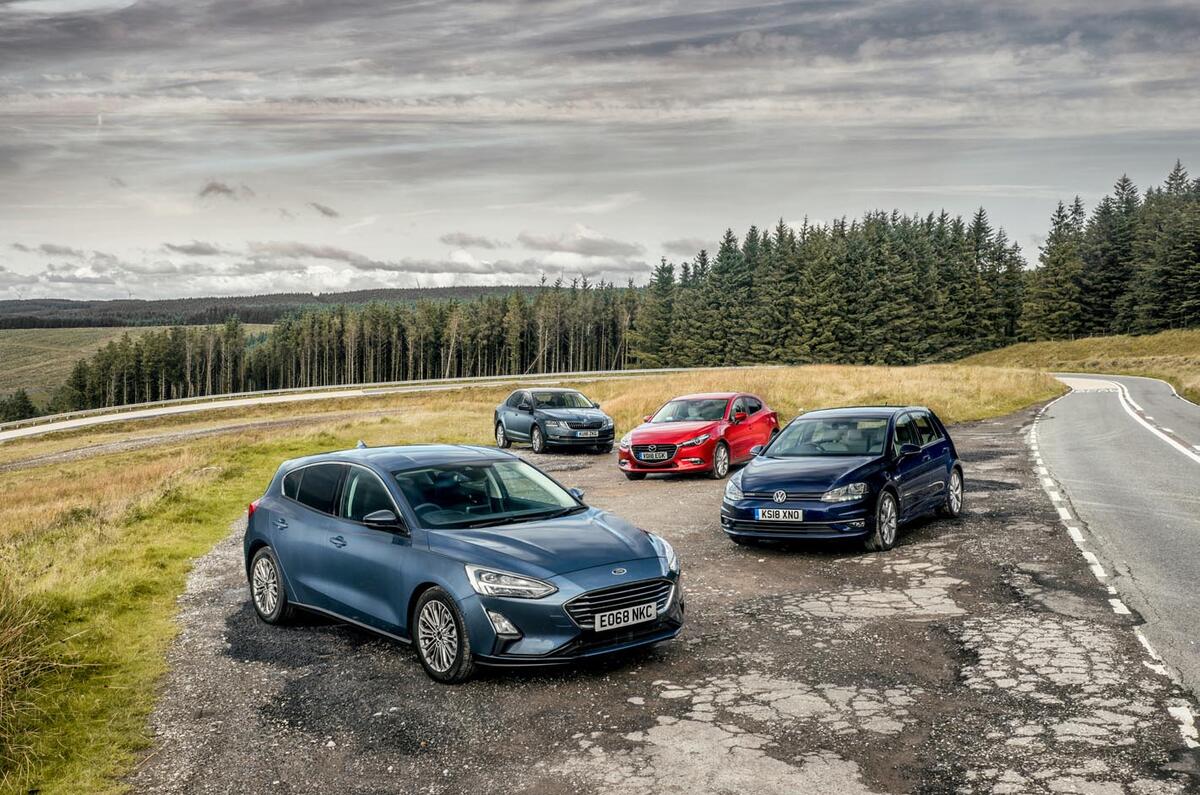
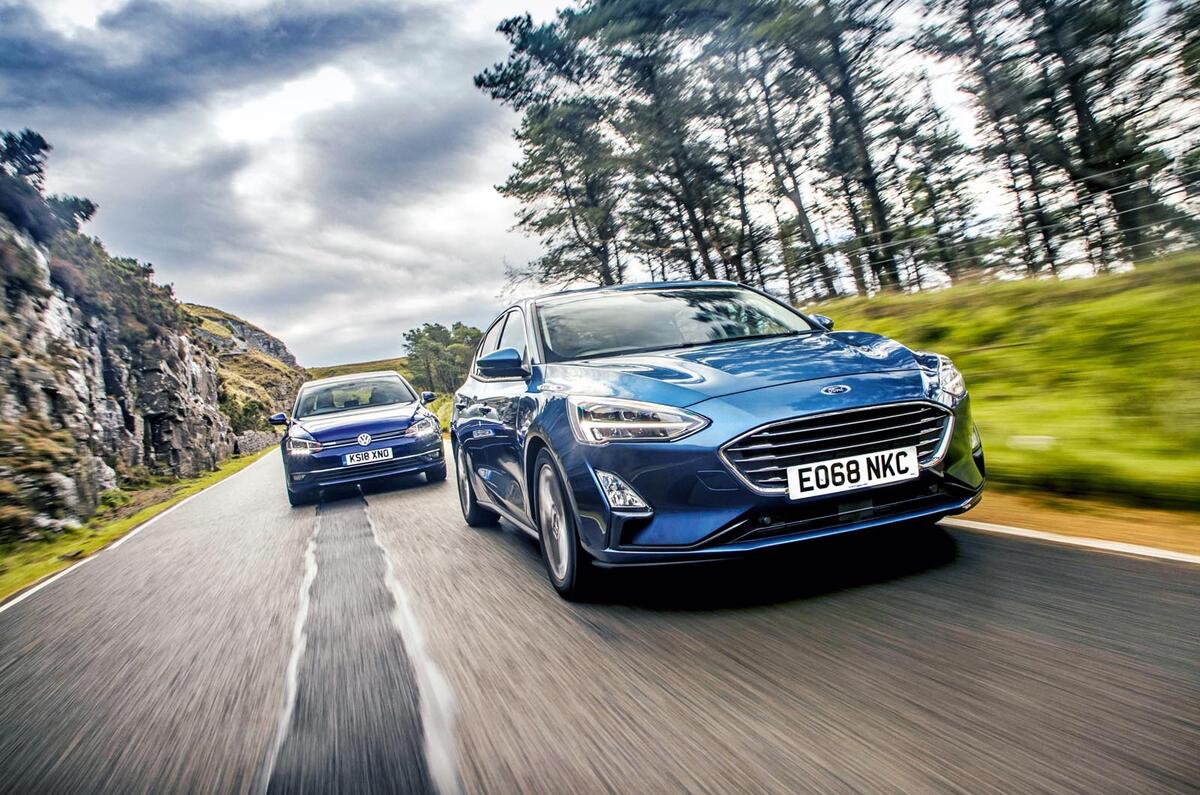
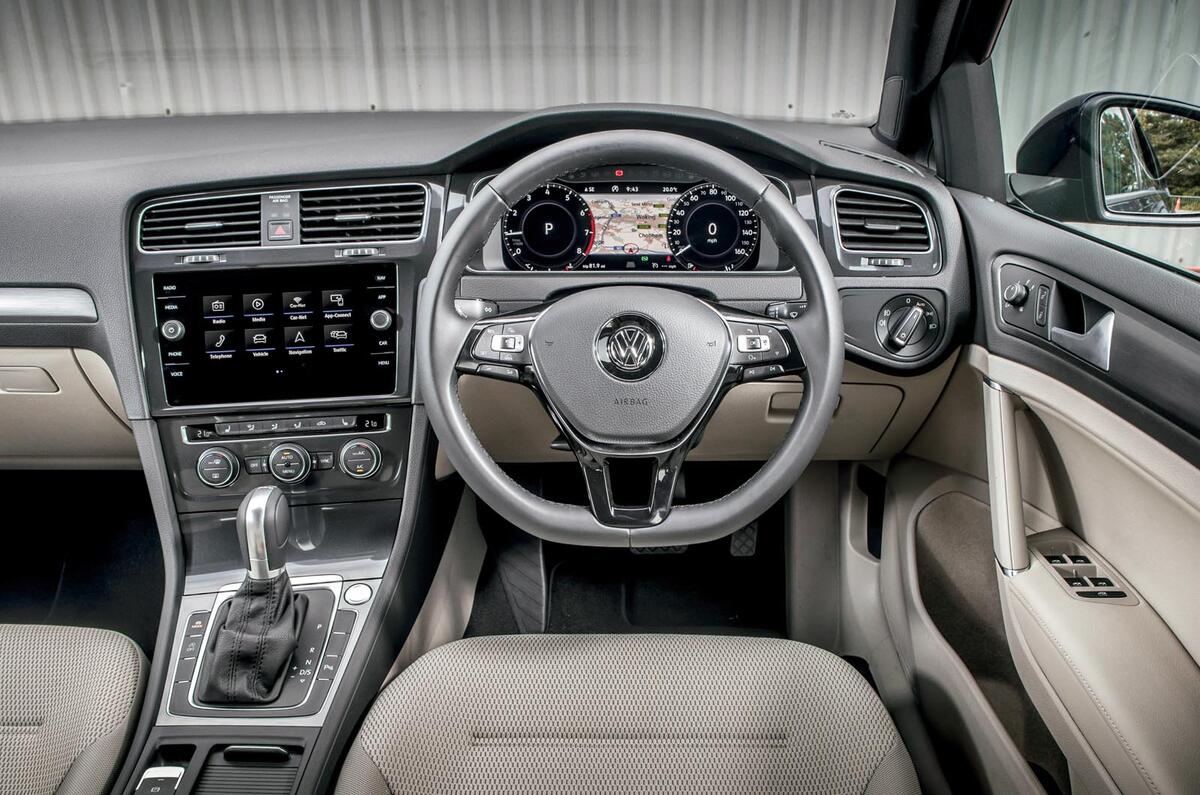
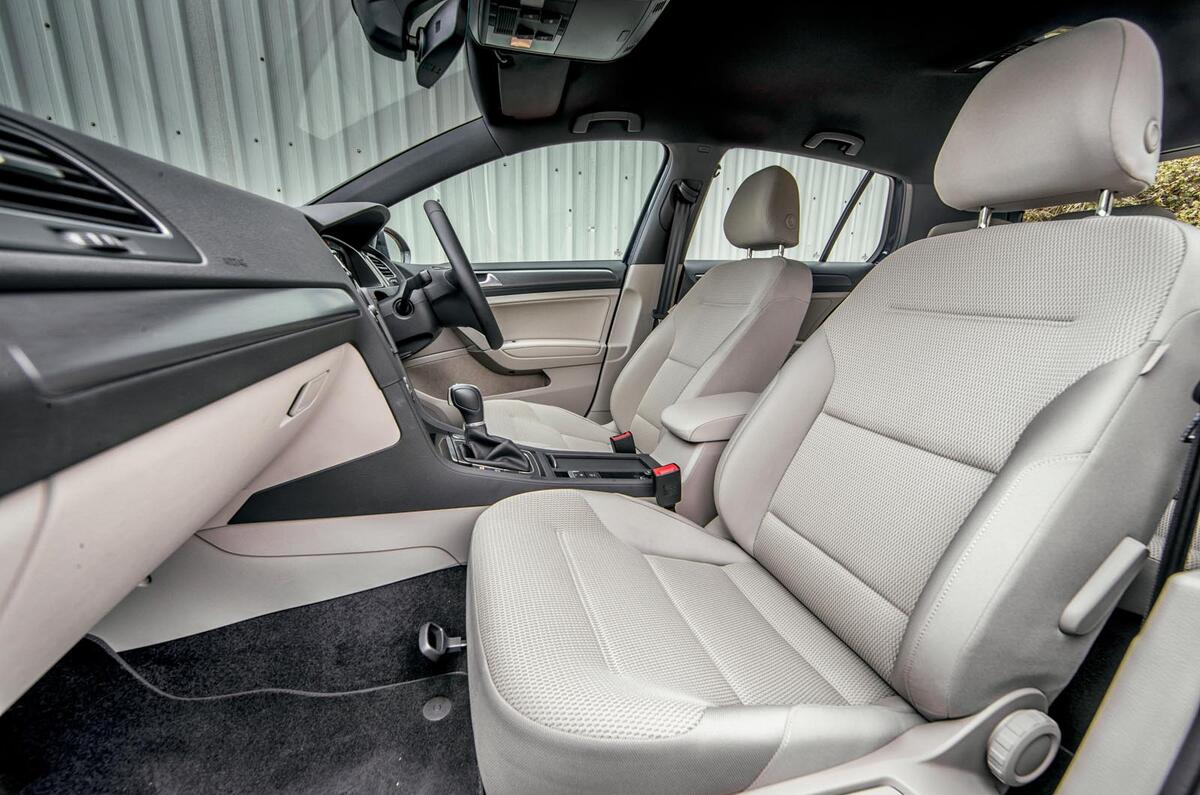
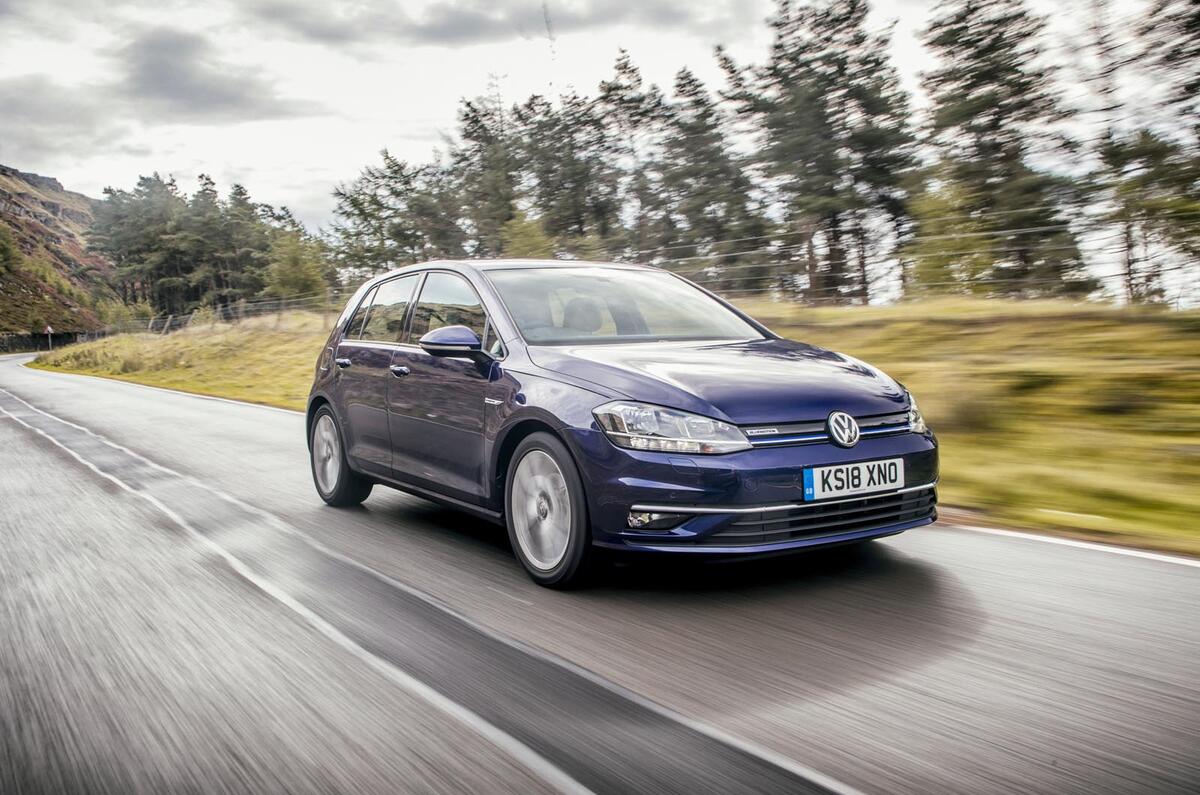
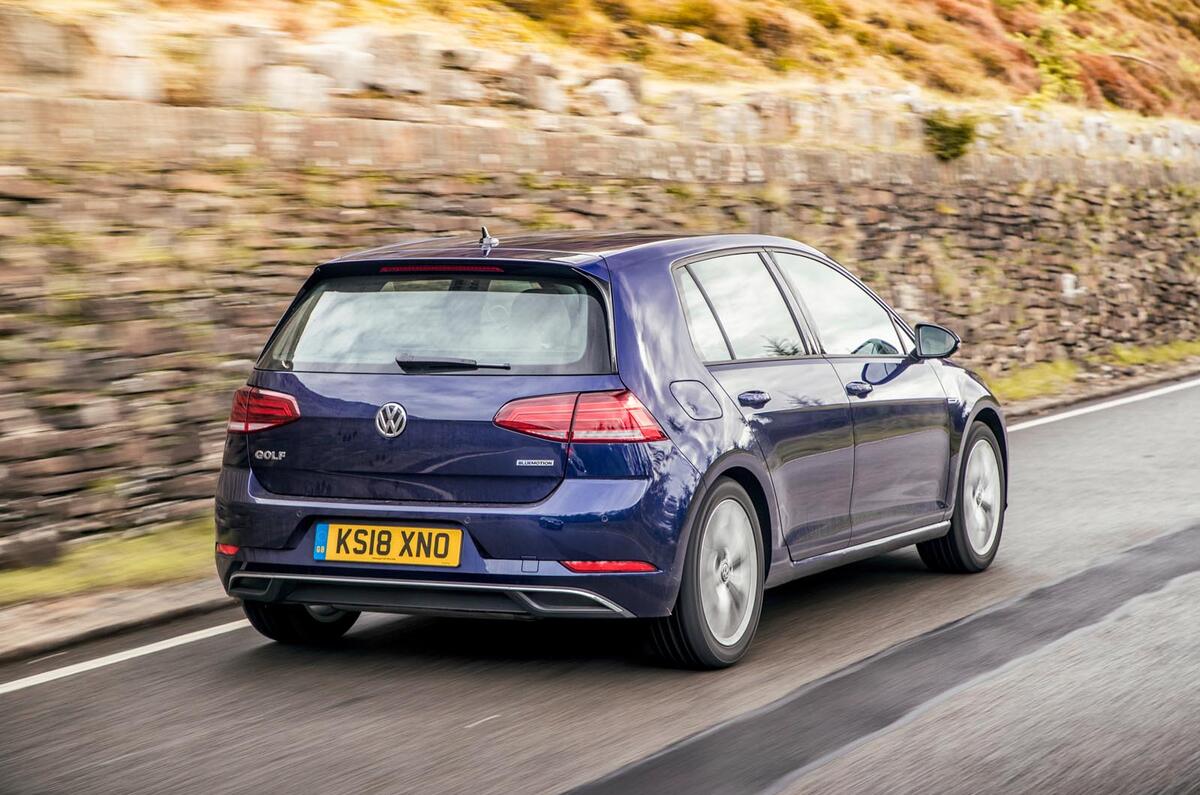
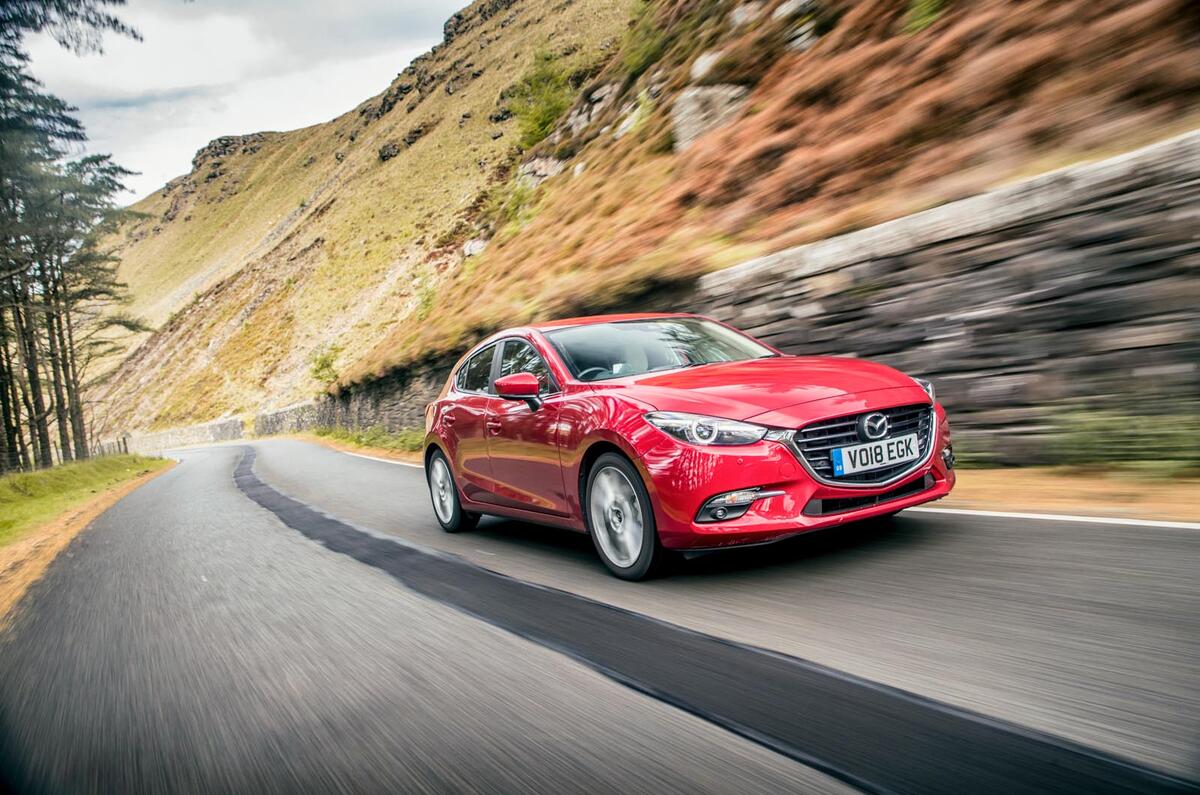
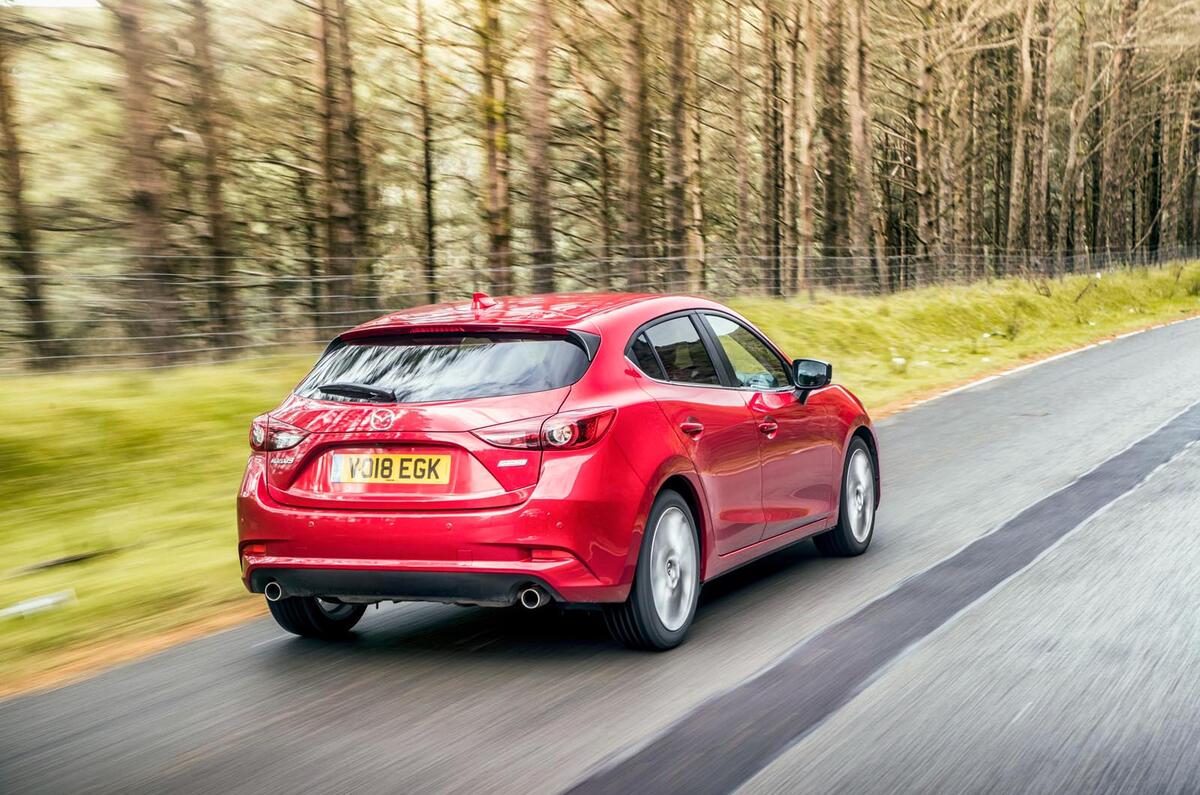
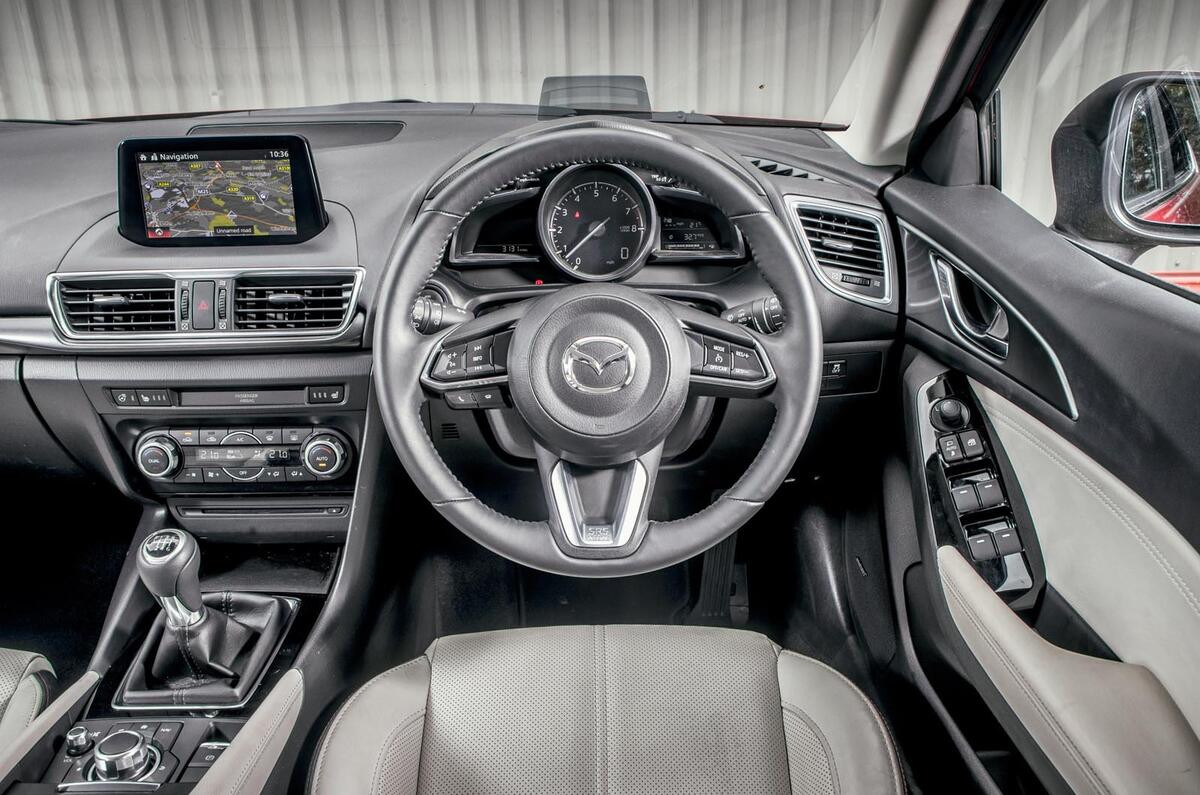
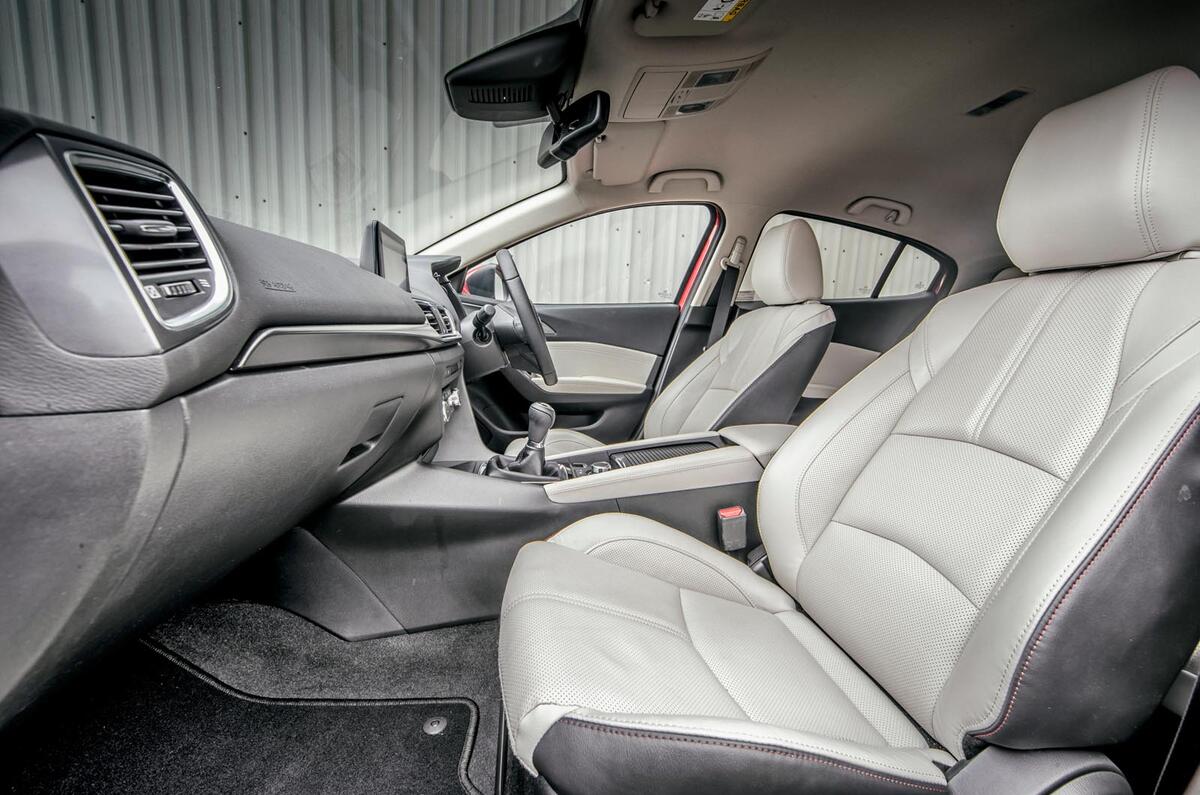
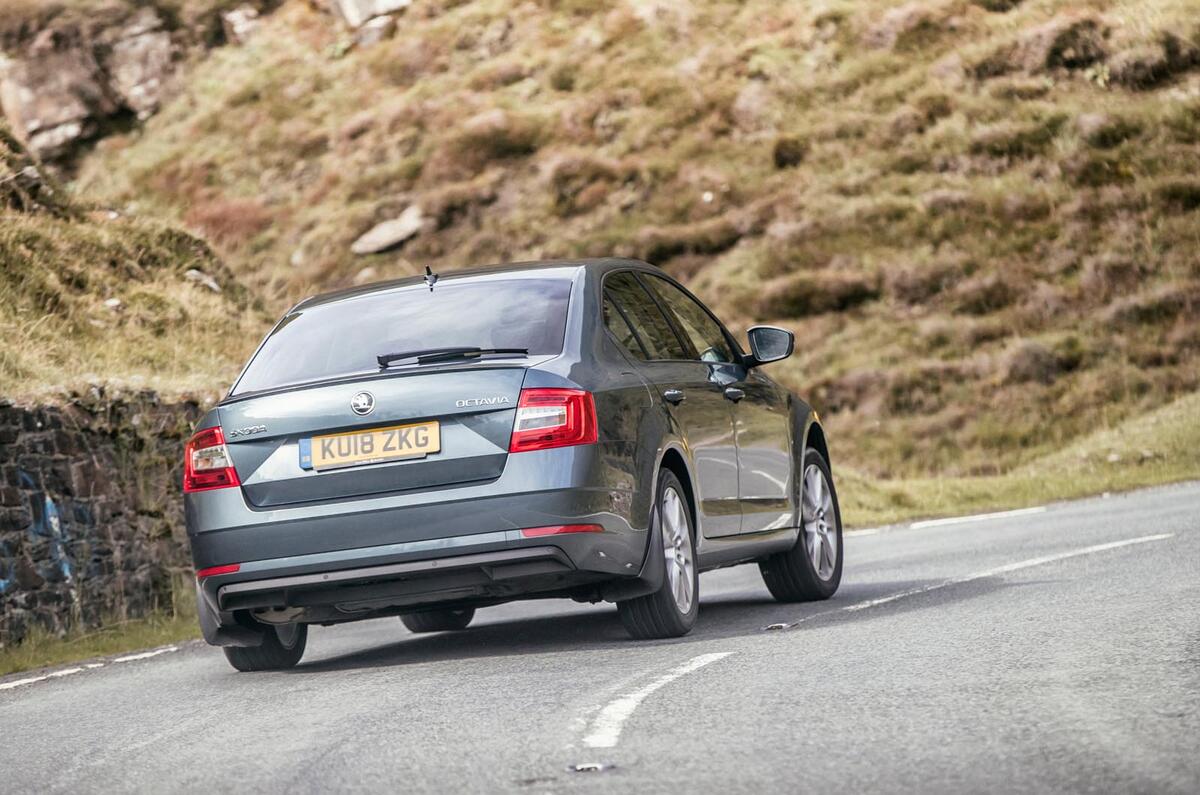
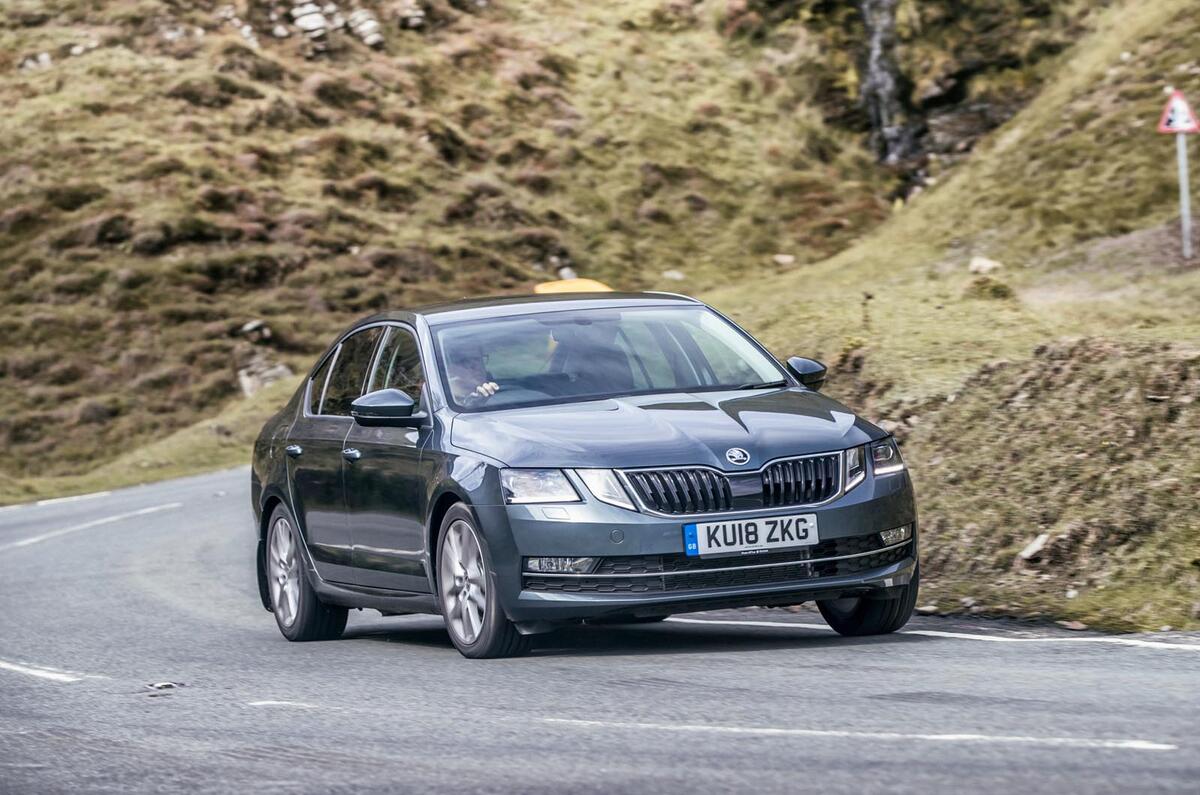
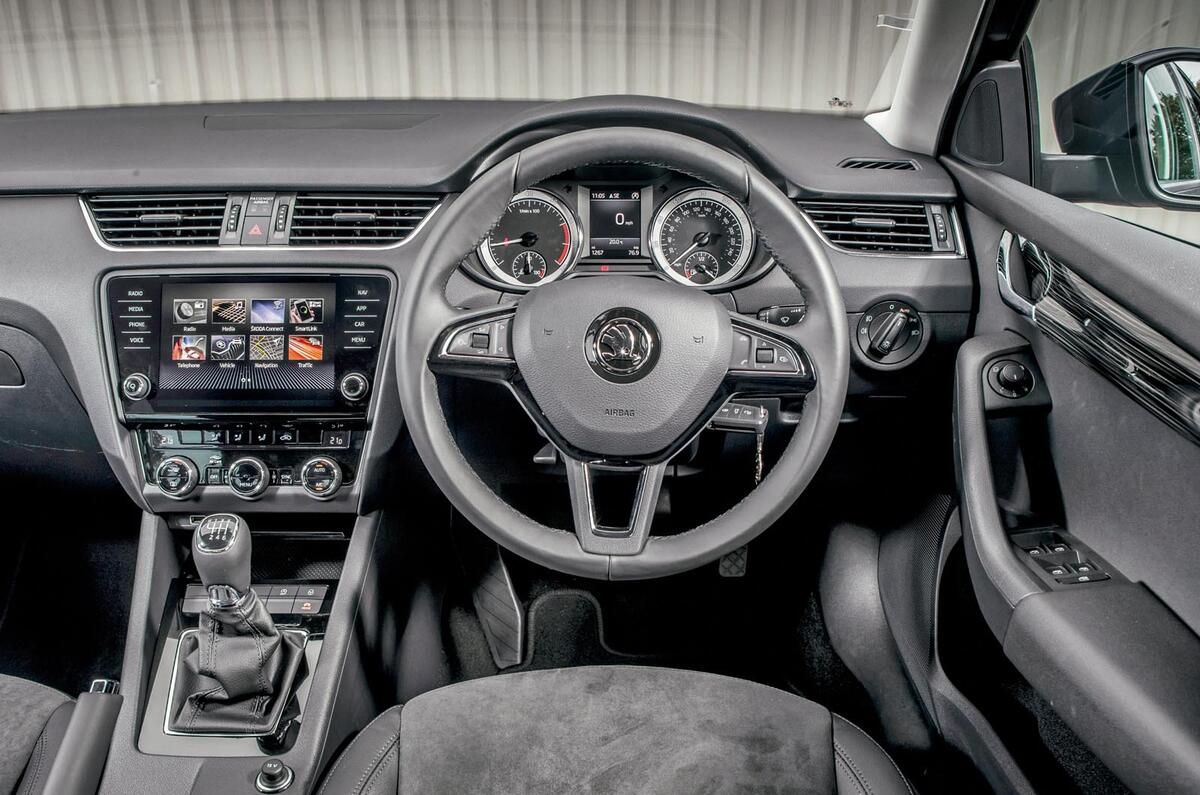
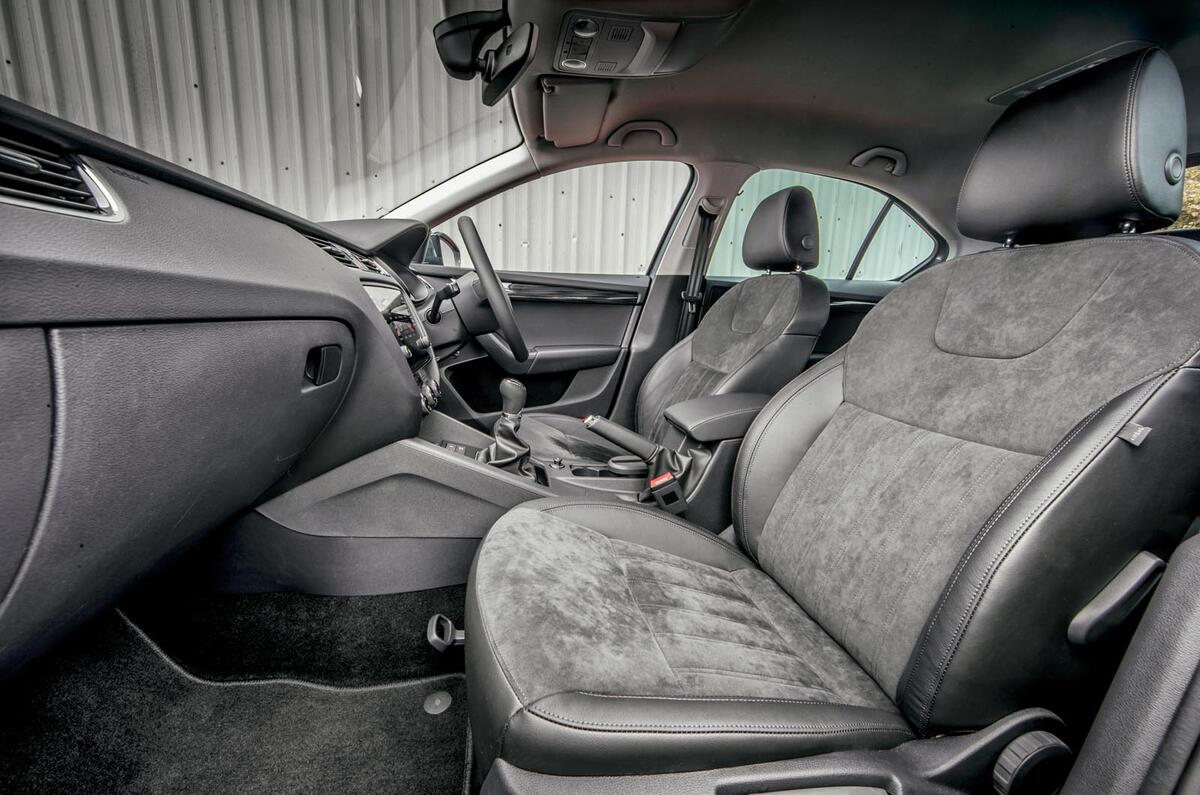
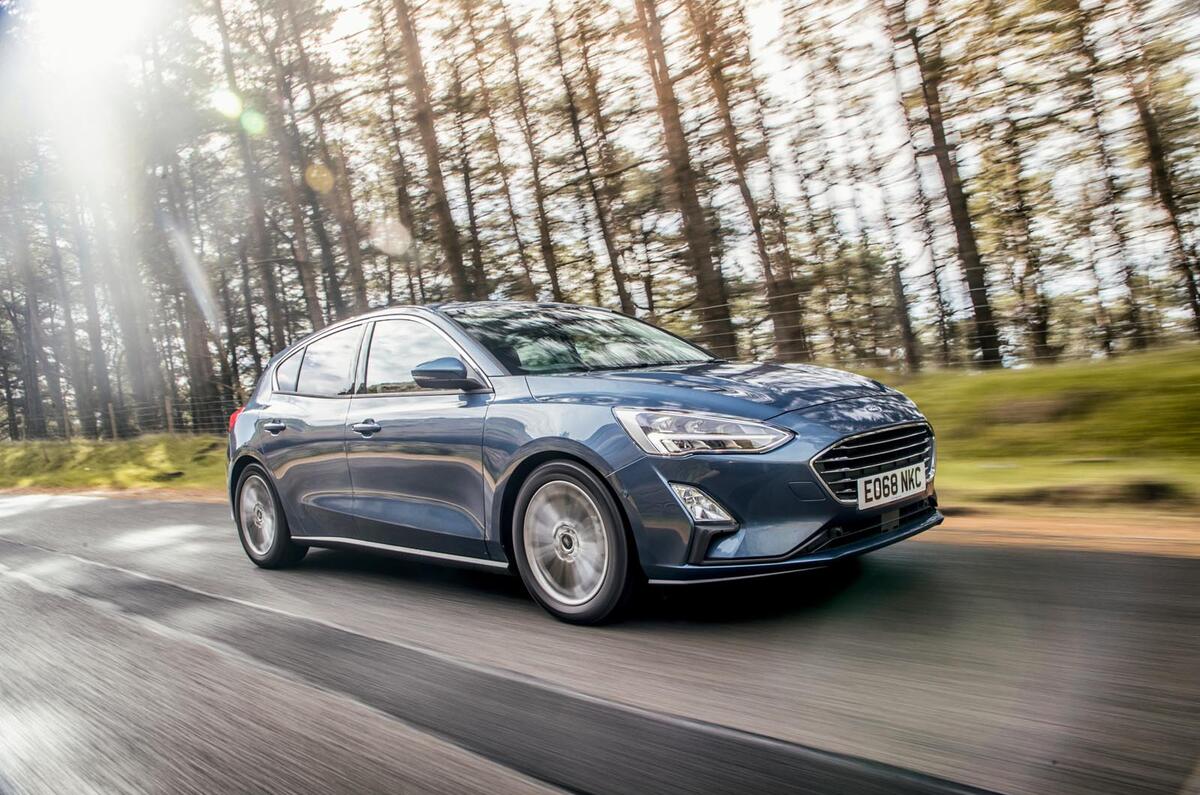
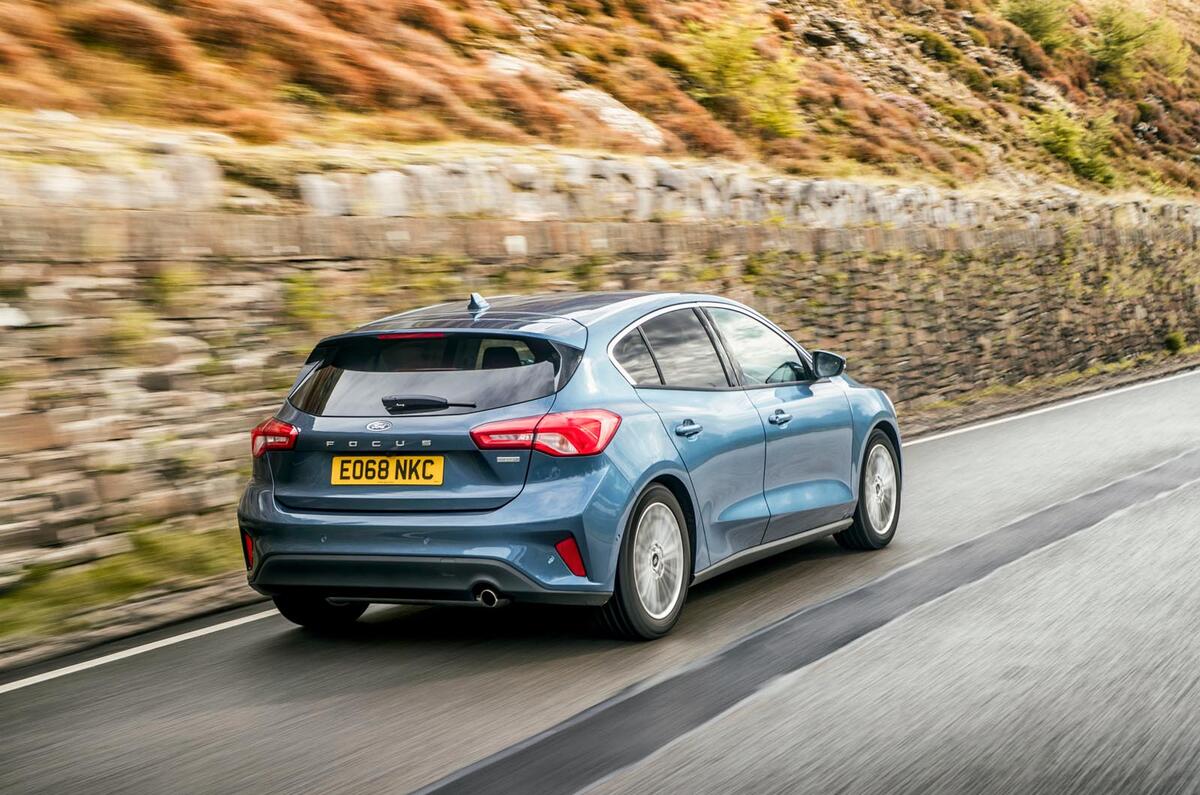
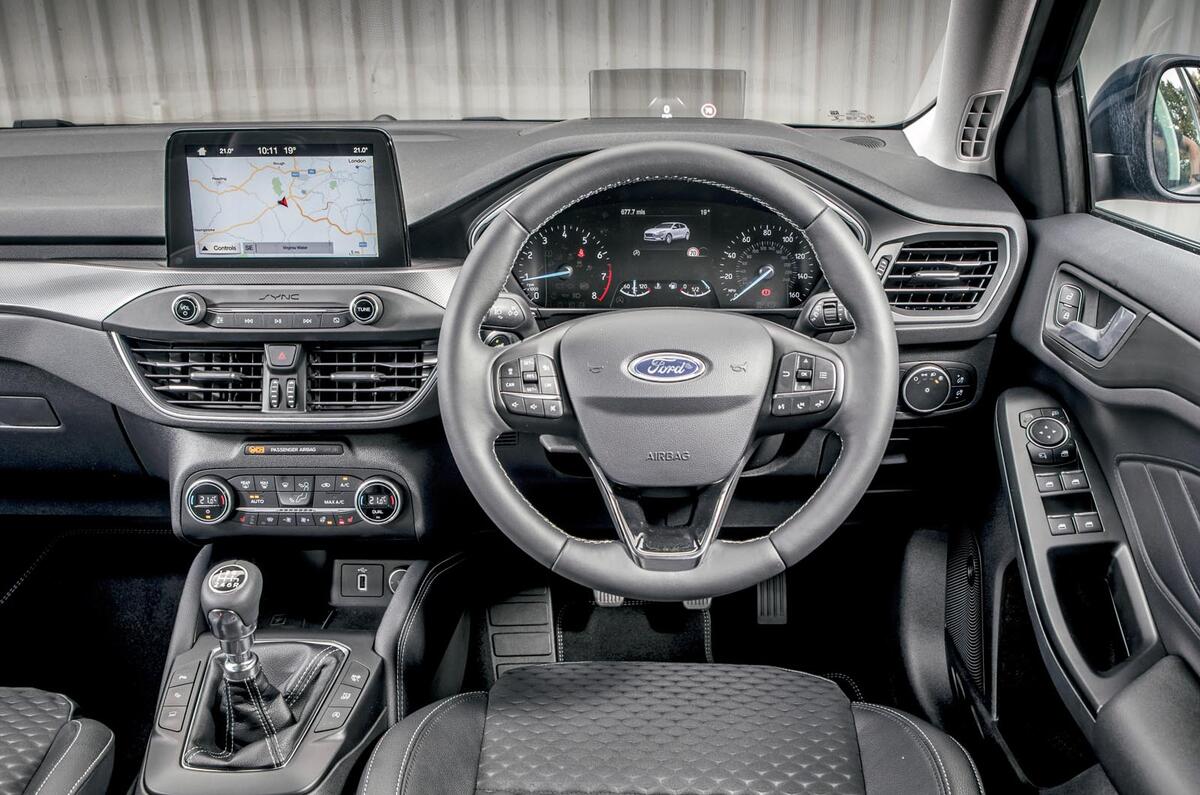
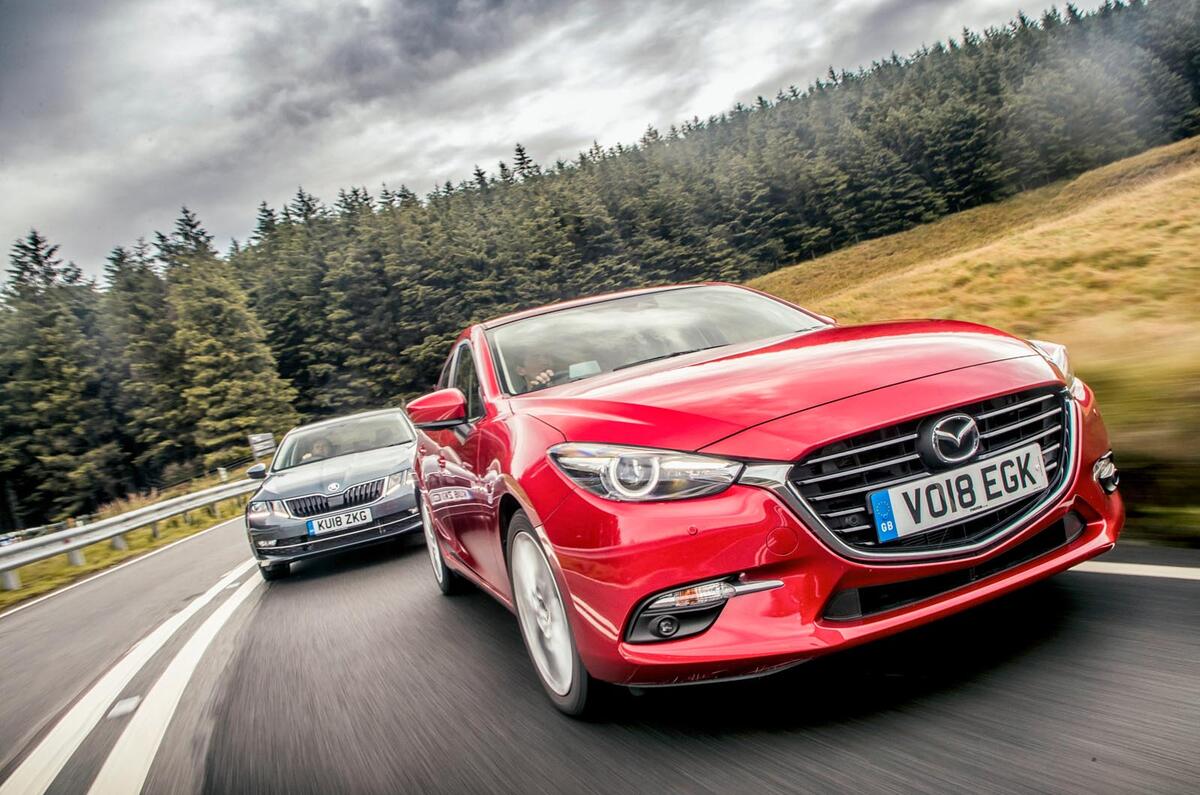
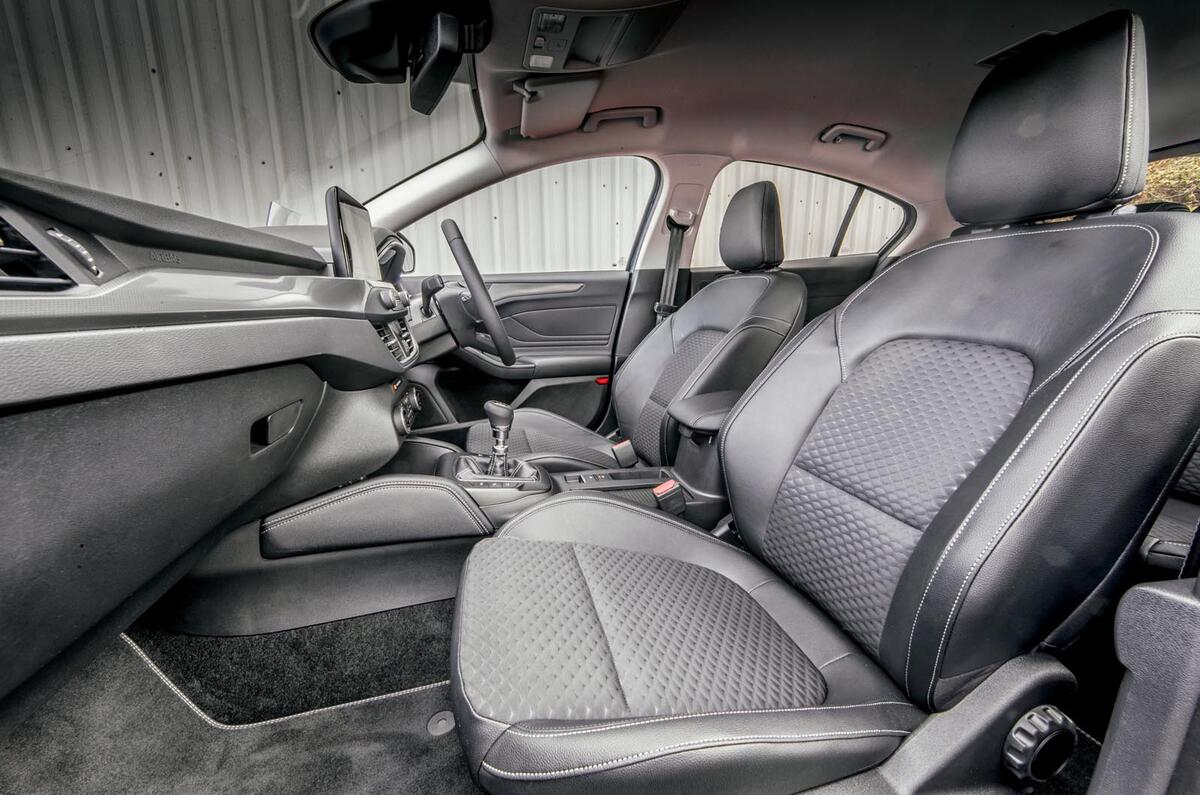


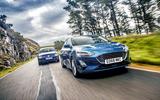

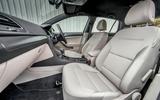
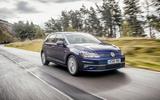

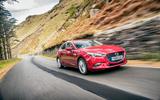
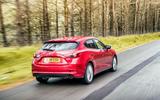
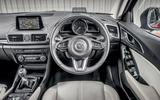
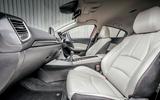
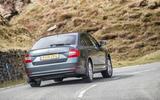
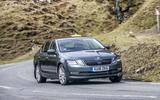
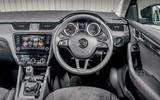

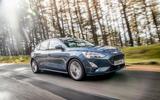
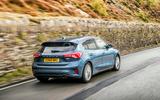
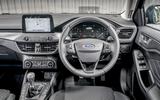
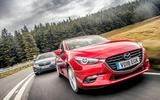
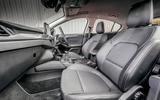






Join the debate
Add your comment
Well done Ford
Impressive engineering feat especially without the independent rear suspenion.
Driving Quality
It seems those commenting are mistaking driving quality with handling. The reason the Focus is rated so highly is due to the way the car feels when driven. The steering is well-weighted and direct, the suspension is comfortable and all the controls have a pleasing feel. These finer attributes in the Ford are what make the car feel more special than the competition. Indeed, the Focus handles well but the handling is only one aspect of overall driving excellence.
Far too much emphasis on
Far too much emphasis on handling. Ridiculous, given the cars in question. You didn't even bother to tell us which engine or trim spec the last-place 308 was. The amount of time i spend exploring a c-segment family runabout's behaviour on the limit of adhesion, si precisely f-all.
Autocar, whilst i admire the grim determination of the petrol-headed writing, these days it's starting to feel a little out-of-step with the real world. I don't suggest you give up your ethos of driving enjoyment, but life's more than on-limit feedback. You have to drive the kids around at the weekend and commute in these cars.